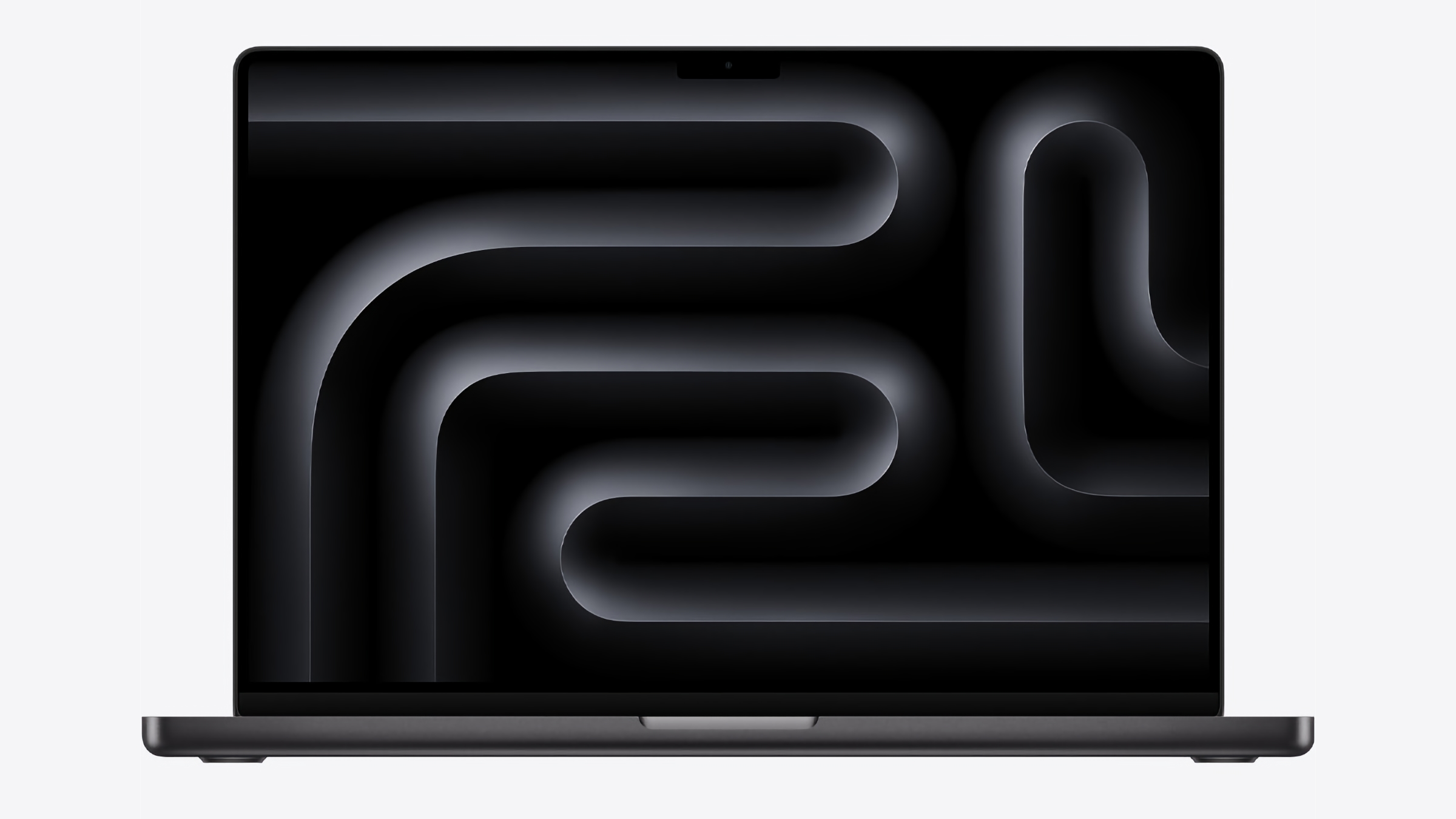The basic version of the MacBook Pro can only connect to a single external monitor.
Macworld
As Apple introduces the third iteration of its M-series Mac processors, it is noticeable that there are consistent trends in their development – or, in some cases, features that remain unchanged.
One noteworthy aspect of the $1,599 14-inch MacBook Pro’s M3 chip is its enhanced display, surpassing that of the 13-inch M2 model. However, if you wish to attach an external display (or multiple displays), this feature remains limited. Despite having both USB-C and HDMI ports, the M3 MacBook Pro can only support a single external display at a maximum resolution of 6K with a refresh rate of 60Hz. This is significant for those keeping track of the advancements in M-series chips from one generation to the next, as the external display support for the M chip in the base model has remained unchanged since the M1 chip in the 13-inch MacBook Pro and MacBook Air.
It is a significant restriction for a professional laptop that can be priced at $2,600 or more. MacBook Pro users typically utilize full-screen applications such as video editing, 3D illustration, music production, coding, etc. Therefore, connecting multiple external displays allows for additional desktop space, which is often necessary when working with two or more external displays.
If you require a minimum of two external displays and have financial constraints, the recommended laptop would be the 14-inch MacBook Pro priced at $1,999. While it is $400 more expensive, it is the most affordable option that offers the necessary display support. Typically, if you need to connect two or more external displays, you will need a MacBook Pro with either an M3 Pro or Max chip. The following outlines the external display support for each chip:
- M3: One external display with up to 6K resolution at 60Hz
- M3 Pro:
- Up to two external displays with up to 6K resolution at 60Hz over Thunderbolt, or
- two external displays with up to 4K resolution at 60Hz over Thunderbolt.
You can connect one external display through Thunderbolt with a maximum resolution of 6K and a refresh rate of 60Hz. Alternatively, you can connect one external display through HDMI with a maximum resolution of 4K and a refresh rate of 144Hz. Or, you can connect two external displays through Thunderbolt with a maximum resolution of 4K and a refresh rate of 60Hz.
-
One external display can be connected with either 8K resolution at 60Hz or 4K resolution at 240Hz through HDMI.
- M3 Max:
- up to two external displays with 5K resolution at 60Hz over Thunderbolt
You can connect up to three external monitors with 6K resolution and a refresh rate of 60Hz through Thunderbolt, or one external monitor with a resolution of up to 4K and a refresh rate of 144Hz through HDMI. Alternatively, you can connect up to two external monitors with 5K resolution and a refresh rate of 60Hz through Thunderbolt.
-
You can connect up to three external displays. This can include two displays with a 6K resolution at 60Hz through Thunderbolt and one display with an 8K resolution at 60Hz or one display with a 4K resolution at 240Hz through HDMI.
- up to two external displays with 5K resolution at 60Hz over Thunderbolt
If you are not willing to invest in an M3 Pro version but desire to link multiple displays, refer to our guide on using external displays with Macs that have Apple silicon.
14-inch MacBook Pro (M3, 2023)

14-inch MacBook Pro (M3 Pro, 2023)

14-inch MacBook Pro (M3 Max, 2023)

16-inch MacBook Pro (M3 Pro, 2023)

The 16-inch MacBook Pro with M3 Max processor, released in 2023.

